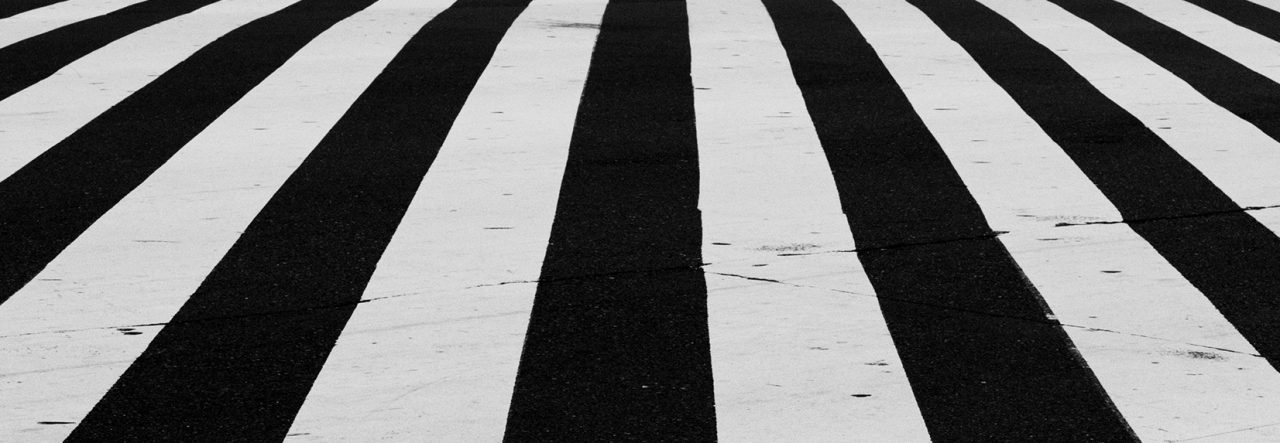When I started my job in Melbourne, I was very keen to pursue an idea I’ve had for long time: Could we think of street photography’s ethos as an ethnographic technique? I didn’t have a clear point to make (still don’t) but I was keen to playfully experiment combining my favorite photographic genre and my usual research method. My starting point was that both, street photography and ethnography, were interested in the ways people behave in everyday life. Both present interesting ethical challenges and, ultimately, both are connected to ways of seeing, imagining and thinking.
I tried a small “pilot project” in Japan that was unsuccessful and never saw the light (no pun intended). Now that I’m moving to Sydney and starting a new job, I thought I should give it another try, after all, I was really excited about the idea and I wanted to invest more time on it. This time, it is happening. I pitched the project outside academia and FujiFilm Australia came on board. They will be supporting the project and providing the equipment. During 2018 I will carry out a number of discrete “fieldworks” in different cities; thinking, photographing, talking and writing about street photography and ethnography. Building upon some recent scholarly work on photography as a visual method, and a growing interest on street photography, as a cultural form, and as a photographic “syntax”. But more importantly, inspired by “hybrid genres” such as the extraordinary Blind Spot of Teju Cole, in 2019 I will prepare a book with the experience.
To kickoff this cool project that is intended to be academic but that is also very personal, I put together a number of images in what could be considered a “teaser for the future”, or simply a “shared photographic album”. The printed version is insanely expensive as it’s always the case with self-publishing but I have a pdf version that I’m happy to distribute if anyone is interested.

